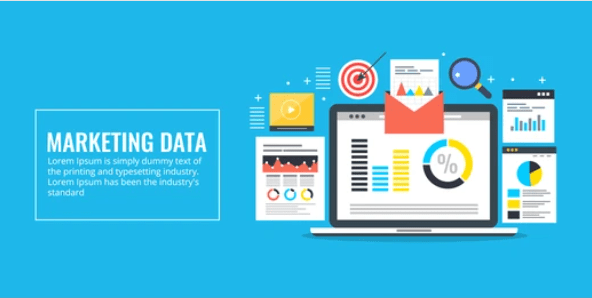If you want to know what the market really thinks about a company, there’s one pretty simple way to tell: just look at its price to sales ratio. This one little number encapsulates performance, value, and trajectory, and it’s a lot harder to manipulate than price to earning ratio, which, although popular, is less reliable given the variable treatment of many intangible assets which can be either expensed or capitalized in different circumstances.
This ratio can be explained simply as how much the market pays per $1 of revenue. For example, Ford’s price to sales ratio is currently sitting at about $0.21, meaning that for every dollar of revenue Ford generates, the market pays only twenty-one cents—showing how little they value the customer dollar compared to their own dollars. This is not an impressive number, particularly compared to Alphabet, which earns about $5.77 per every dollar of revenue. Now, some might say that it’s an unfair comparison—that price to sales ratio varies a lot from industry to industry and that it shouldn’t be used to compare companies in such different markets.
Our response is “not anymore.” Industry designations are already outdated—just look at S&P contorting itself to update its Global Industry Classification Standard (GICS) for the twenty-first century market leaders. S&P moved companies like Facebook, Apple and PayPal from the technology sector into the communication services sector where they will join companies like Verizon and CenturyLink—as if that makes for a better fit? Those companies that are hitting the big market values straddle multiple industries and often add new industries to their portfolio at surprising pace. Just consider Alphabet’s self-driving car subsidiary, Waymo, which touches the transportation industry just like Ford, but creates a great deal more market value in its operations and focus.
So if industry isn’t the final word on market value and the all-important price to sales, ratio, what is? The answer is business model. Regardless of industry, companies all over the world are shifting to new business models based on technology and platforms, rather than the products and services of the industrial age—and those that make this shift and leap the digital divide are rewarded with dramatically higher market valuations and corresponding price-to-sales ratios.
In our analysis of public companies over the last ten years we have seen the emergence of four different business model groups, and found that each group on average has different price-to-sales ratios:
- Physical capital companies, those that make and sell tangible assets, have the lowest price-to-revenue ratios, often at or under 1x.
- Human capital companies, those that offer the services of people, have slightly higher, but still unimpressive price-to-revenue ratios, often from 1x – 2x.
- Intellectual capital companies, those that use scalable IP to create products like software or biotechnology, have higher price to revenue ratios, usually in the 4x – 6x range.
- Network capital companies, those that use platforms to connect networks, have the highest price to revenue ratios, often as high as 8x or higher.
Naturally there are some industries that have a bias towards one business model or another, but the industries are converging quickly. Amazon is a retailer, and thus deep in the physical capital space, but they have complemented this business model with a suite of efforts in the technology and platform space with components like Amazon Web Services, Alexa, and their seller marketplace. This business model advantage means that while Walmart has a price-to-sales ratio of 0.55x, Amazon, a competitor, has a ratio of 3.7x. What does this advantage mean? It means that the market sees that the assets Amazon owns and is developing have more value today and in the future than those of Wal-Mart. This advantage also gives Amazon better access to capital and more financing options.
We can see the same comparison if we look at Tesla and Ford. Although they are both manufacturing cars, Tesla is making big investments in the creation of new intellectual property and high-tech, scalable manufacturing. Thus, although they share an industry, Tesla has a major market capitalization advantage and a price-to-sales ratio of 2.9x, compared to Ford’s paltry 0.21x.
The connection between business model and market value is an essential one for corporate leaders to understand. Industry can no longer be an excuse for poor market values because the assets that driver higher valuations, technology and networks, are accessible no matter what your starting point. The challenge that most leaders have is that shifting your investment patterns into new types of assets, such as software and networks, requires boldness and an ability to shift mindset that many leaders, who grew up with an industry focus, struggle to achieve.
At a high level, the path to growth is clear:
- Pinpoint your starting point— what is your business model
- Inventory your intangible assets – data, networks and technologies
- Validate – your new approach to building a modern business model
- Organize – a small, passionate team to get going
- Track – your new business model transformation
But of course, the devil is in the details. At each step, corporate leaders will need to source and develop new skill sets, fight against institutional biases and be willing to get some things wrong in the pursuit of new avenues of growth.
We all know that there is a natural rise and fall in the world of business. Today’s leaders have to jump the curve if they want to be tomorrow’s leaders as well, and doing so requires creating new business models to compete and earn the market’s regard and dollars.



